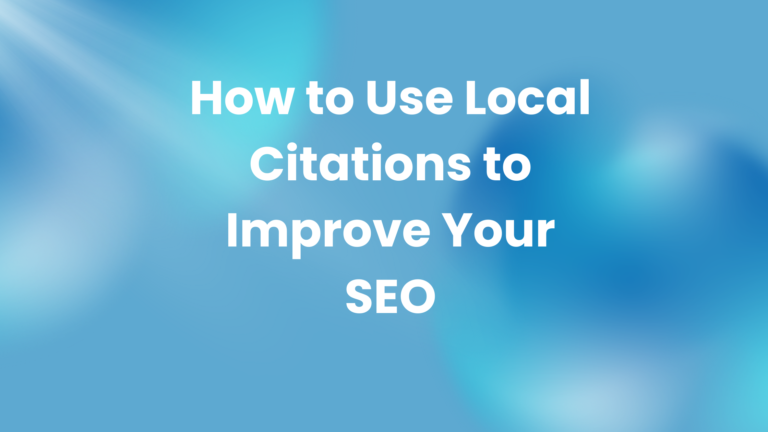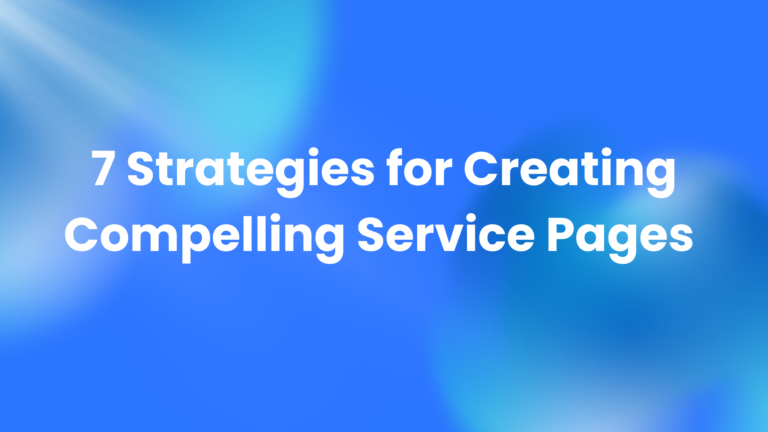8 Smart Ways to Save Money and Keep Expenses Low for Your Business
Running a successful business means constantly balancing your budget, optimizing operations, and finding creative ways to save money. Whether you’re a small business owner or leading a larger company, cutting unnecessary expenses while maintaining quality is key to financial stability and growth. By focusing on smart, sustainable strategies, you can keep your business lean and efficient. Here are eight effective ways to save money and keep expenses low without compromising on service or quality.
1. Automate Repetitive Tasks
Time is money, and automating repetitive tasks is one of the easiest ways to save both. Technology can handle many daily operations, from scheduling appointments to managing payroll, freeing up your team to focus on higher-level, revenue-generating activities. Automation also reduces human error and improves accuracy, particularly in tasks like accounting, inventory management, and customer service.
- Start Small: Automate basic tasks first, such as sending out invoices, social media posts, or follow-up emails. Tools like QuickBooks for accounting, Mailchimp for email marketing, and Hootsuite for social media scheduling are excellent, cost-effective options.
- Long-Term Gains: The initial cost of setting up automation tools may seem high, but the long-term benefits far outweigh the expense. Automation boosts efficiency, increases productivity, and ultimately leads to cost savings by reducing manual labor.
2. Embrace Remote Work and Flexible Office Space
Office space is one of the largest overhead costs for any business. Embracing remote work or transitioning to a hybrid model can significantly reduce these expenses. Many companies have discovered that employees are just as productive, if not more so, when working from home. Cutting down on office rent, utilities, and other related expenses like office supplies can lead to massive savings.
- Consider Coworking Spaces: If a full-time office isn’t necessary, consider renting coworking spaces for occasional team meetings or collaboration days. These are far more cost-effective than long-term leases.
- Invest in Virtual Collaboration Tools: Tools like Zoom, Slack, and Asana help maintain team communication and productivity even when working remotely. These platforms are far cheaper than paying for a physical office while keeping your team connected and efficient.
3. Outsource Non-Core Tasks
Hiring full-time employees for every function can quickly inflate your payroll. For tasks that aren’t central to your business—such as graphic design, IT support, or content creation—outsourcing can be a more cost-effective solution. Freelancers and independent contractors provide flexibility, allowing you to scale your workforce up or down depending on your current needs without committing to full-time salaries and benefits.
- Focus on Core Business: By outsourcing non-core tasks, you and your team can focus on what you do best—growing your business. Whether it’s handling customer service or building relationships with clients, outsourcing can free up your resources for what matters most.
- Find the Right Partner: Websites like Upwork, Fiverr, and Freelancer make it easy to find qualified professionals for one-time projects or ongoing support. Be sure to vet your contractors carefully and set clear expectations to ensure high-quality work.
4. Negotiate with Vendors and Suppliers
Most businesses accept the pricing they are given without realizing there’s often room for negotiation. Vendors and suppliers are more likely to offer discounts, especially if you’re a loyal customer or if you’re purchasing in bulk. Negotiating doesn’t just mean asking for lower prices—extended payment terms, free shipping, or additional perks can also be valuable.
- Do a Competitive Analysis: Regularly review your vendor contracts and compare them to competitors. This ensures you’re getting the best deal. If another supplier offers better rates, bring that to your current vendor’s attention—they may be willing to match or beat the offer to retain your business.
- Build Strong Relationships: Cultivating a good relationship with your vendors can lead to better deals over time. Open communication, consistent payments, and mutual respect can make your business a priority for discounts and perks.
5. Go Green to Save on Energy Costs
Implementing energy-efficient practices can significantly lower your utility bills while also positioning your company as environmentally responsible. Small changes like switching to LED lighting, setting up a recycling program, or using energy-efficient appliances can save a considerable amount of money in the long run.
- Long-Term Investments: Consider investing in solar panels or energy-efficient HVAC systems. While the upfront cost may be high, the long-term savings and potential tax incentives can make it worthwhile.
- Paperless Office: Encourage employees to go paperless. Not only does this reduce paper and printing costs, but it also creates a more streamlined, digital workflow. Cloud-based storage solutions like Google Drive or Dropbox are cost-effective ways to manage documents and improve collaboration.
6. Use Open Source or Free Software
Software subscriptions can add up quickly, especially for businesses that rely on multiple tools. Instead of paying for expensive programs, look for open-source or free alternatives that offer similar functionality. Many high-quality tools are available at no cost, particularly for small businesses.
- Free Tools That Work: For project management, consider Trello or Asana. If you need accounting software, Wave is an excellent free option. HubSpot offers a free CRM that’s great for managing customer relationships and sales processes.
- Freemium Models: Many paid software platforms offer free versions or “freemium” models that give you access to essential features. You can upgrade to the paid version only when you truly need advanced functionality.
7. Focus on Digital Marketing to Stretch Your Budget
Traditional marketing strategies like print advertising or radio spots are costly and often difficult to track. Digital marketing, on the other hand, offers affordable and measurable results. Social media marketing, content marketing, and email campaigns are cost-effective ways to engage with your audience and drive sales.
- Leverage Social Media: Platforms like Facebook, Instagram, and LinkedIn allow you to reach your target audience with low-cost ads or even organic content. Create engaging posts that showcase your services, provide value, and build community around your brand.
- SEO is Key: Search engine optimization (SEO) is one of the most cost-effective marketing strategies because it focuses on attracting traffic organically. By optimizing your website for search engines, you can increase visibility and drive traffic without relying solely on paid advertising.
- PPC for Immediate Results: If you want quicker results, consider running pay-per-click (PPC) campaigns on Google Ads or social media platforms. You can set a budget that fits your needs and only pay when someone clicks on your ad.
8. Review and Reduce Recurring Expenses
It’s easy to forget about recurring subscriptions or services that you no longer need. Regularly review your recurring expenses, including software subscriptions, office supplies, and service contracts. Cancel or renegotiate any that are no longer providing value to your business.
- Audit Your Subscriptions: Services like SaaS (Software as a Service) products, online tools, and even utility plans can sneakily add up. An audit will help you identify unnecessary expenses and cut them out.
- Renegotiate Contracts: Many service providers are willing to renegotiate contracts if you ask. This includes internet providers, phone services, insurance plans, and even software platforms. You’d be surprised how much you can save by asking for a better deal or paying annually instead of monthly.
Closing, 8 Smart Ways to Save Money and Keep Expenses Low for Your Business
Managing your business’s finances effectively is about more than just cutting costs—it’s about making strategic decisions that will lead to long-term savings. By embracing automation, outsourcing non-essential tasks, negotiating with vendors, and leveraging digital marketing, you can reduce expenses while still maintaining high operational standards. Keep a close eye on recurring costs, embrace flexibility in your work environment, and always look for ways to optimize efficiency. With these strategies, you can run a leaner, more cost-efficient business that’s poised for growth.








